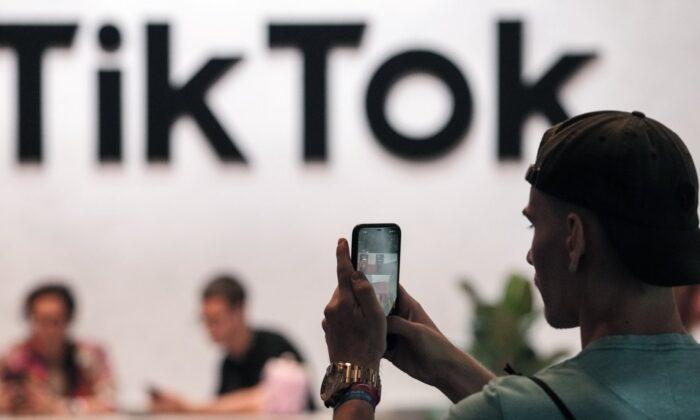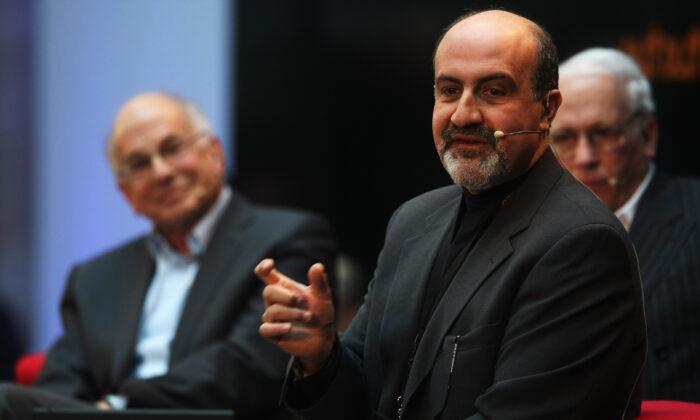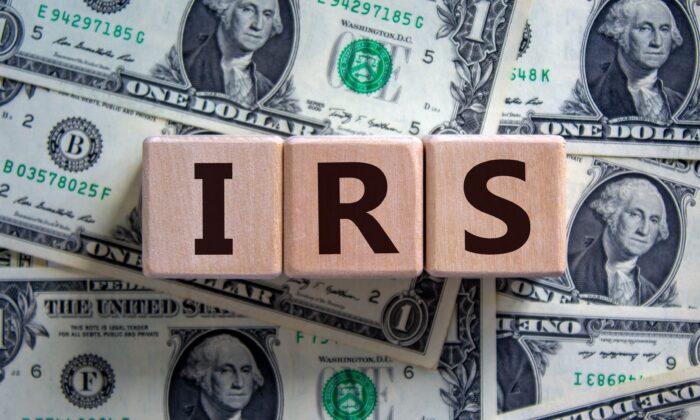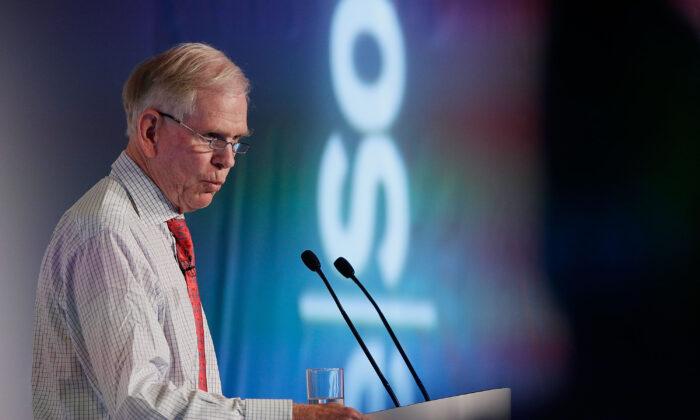The annual rate of currency inflation in the Eurozone hit a new high of 7.5 percent last month, significantly accelerating the rate of inflation and surpassing economists’ predictions, as the consequences of Russia’s invasion of Ukraine have caused prices to surge throughout Europe.
Inflation was especially acute in the Baltic countries and the Netherlands, all of which saw double digit inflation during this period, with Lithuania suffering the highest inflation rate at 15.6 percent. Inflation was lowest in the Republic of Malta, which saw a 4.6 percent monthly rise in prices—still more than twice the 2 percent rate said by the European Central Bank to guarantee price stability.
As in the United States, inflation was led by drastically higher energy costs, which rose by 44.7 percent in the Eurozone throughout the last month. This precipitous rise is largely attributable to Russia’s ongoing invasion of Ukraine and the subsequent sanctions which have been levied against the former, causing a scarcity of fuel in the region: The European Union imports over 40 percent of its gas from Russia, and while gas is so far exempt from most sanctions, the war has nonetheless occasioned significant price volatility.
Core inflation, which removes fuel and food costs to medium-term price trends in less volatile markets, was measured at 3.2 percent, up from 2.8 percent in February.





